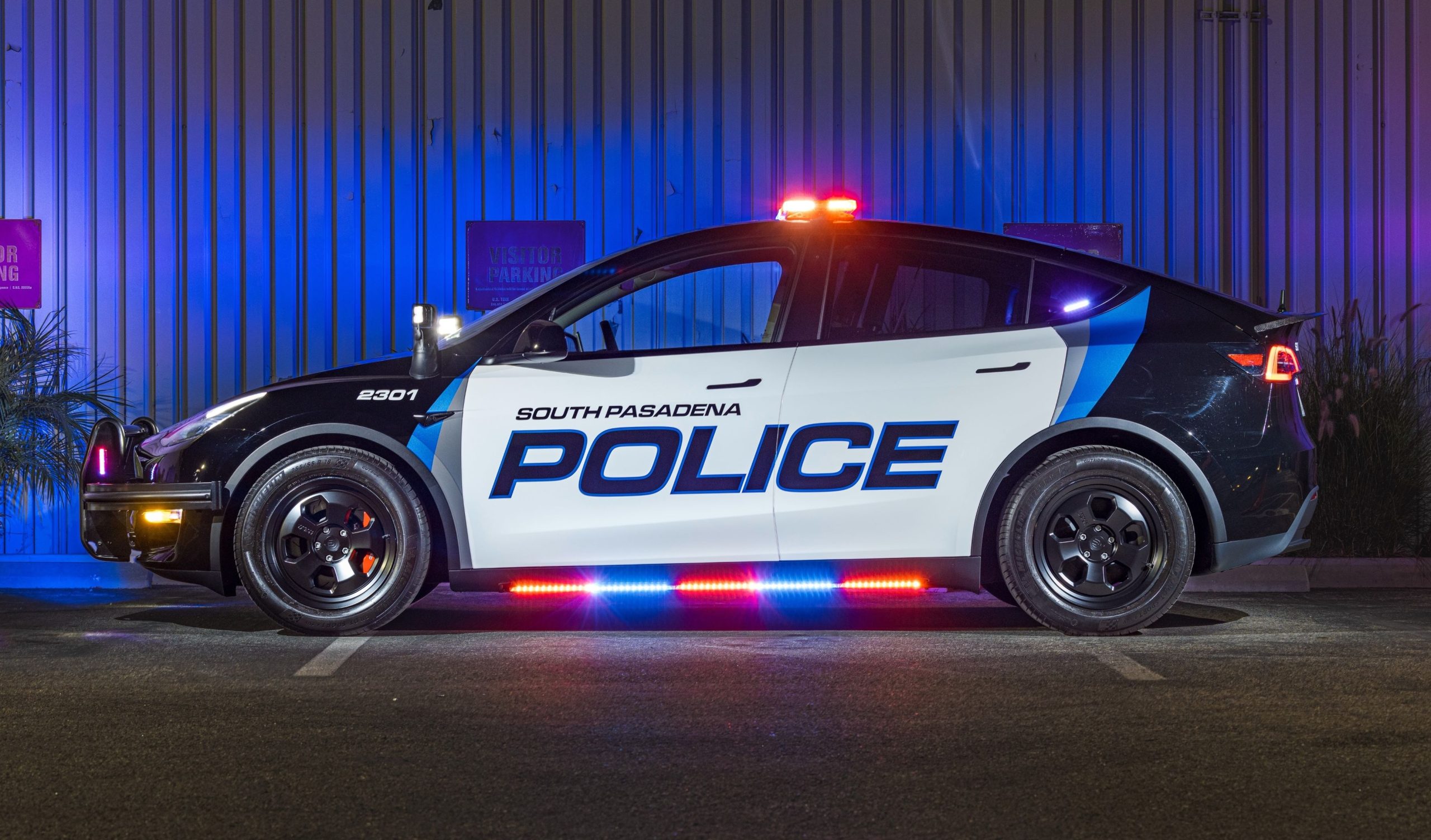As California aims to phase out gas and diesel vehicles by 2035, police departments are at the forefront of adopting electric vehicles (EVs), with varied outcomes. The experiences of the Ukiah and South Pasadena Police Departments, utilizing different Tesla models, underscore the diverse challenges and potential of EVs in law enforcement.

The Ukiah Police Department has encountered notable issues with their pilot use of two Tesla Model 3 vehicles. Chief Cedric Crook has pointed out several practical concerns, including the vehicle’s limited interior space which poses challenges for transporting suspects and equipment. Additionally, the Tesla Model 3’s design has raised concerns about comfort and accessibility for officers wearing duty belts.
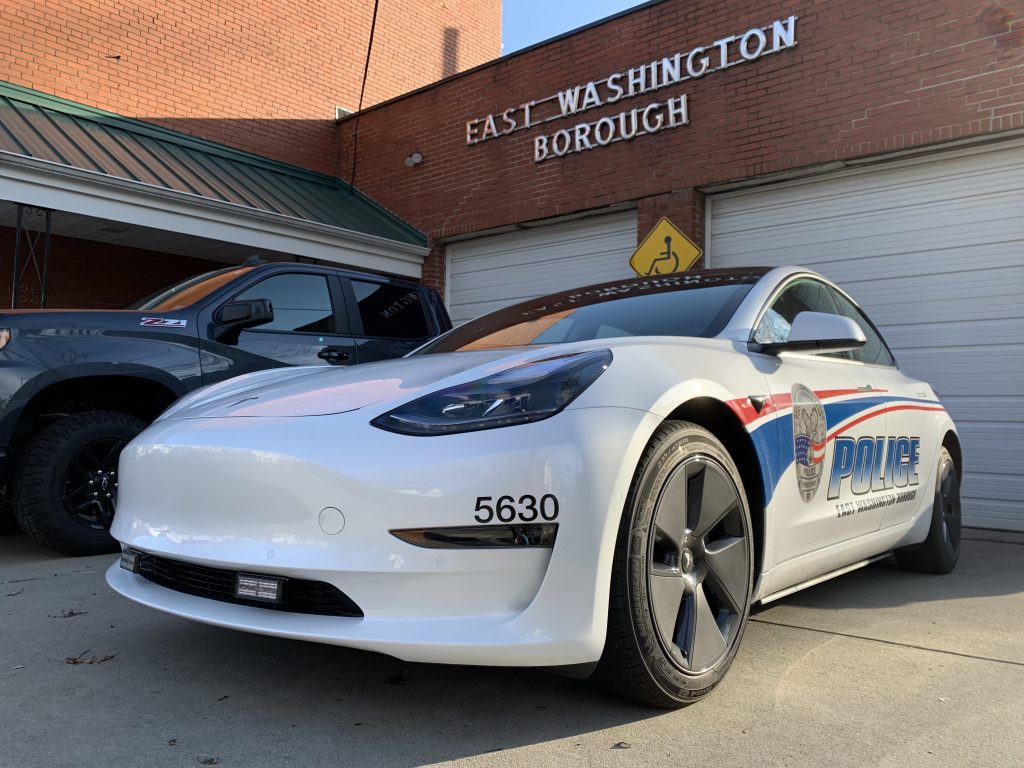
A significant logistical challenge highlighted by Chief Crook involves the driving range of the Tesla Model 3, particularly for long-distance trips. He describes a hypothetical scenario requiring a 630-mile journey to Mexico, where officers would need to stop and charge the vehicle in potentially unsecured locations.
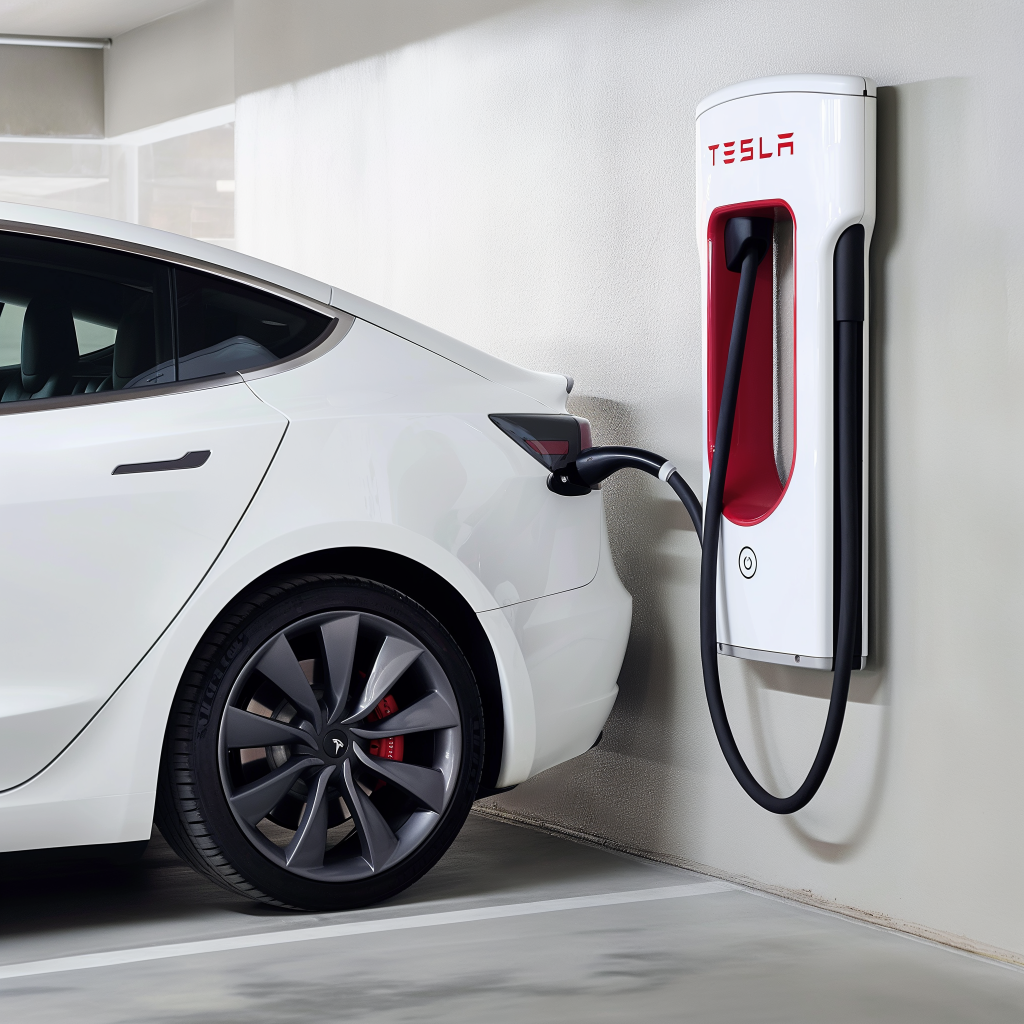
This concern, while illustrating potential logistical issues, raises questions about its frequency and applicability to everyday police operations, given that patrol cars typically drive between 80 and 120 miles per day at moderate speeds. 200 miles of range can be added in 15 minutes at a fast charger, not much more time than it takes to fill a traditional police cruiser.
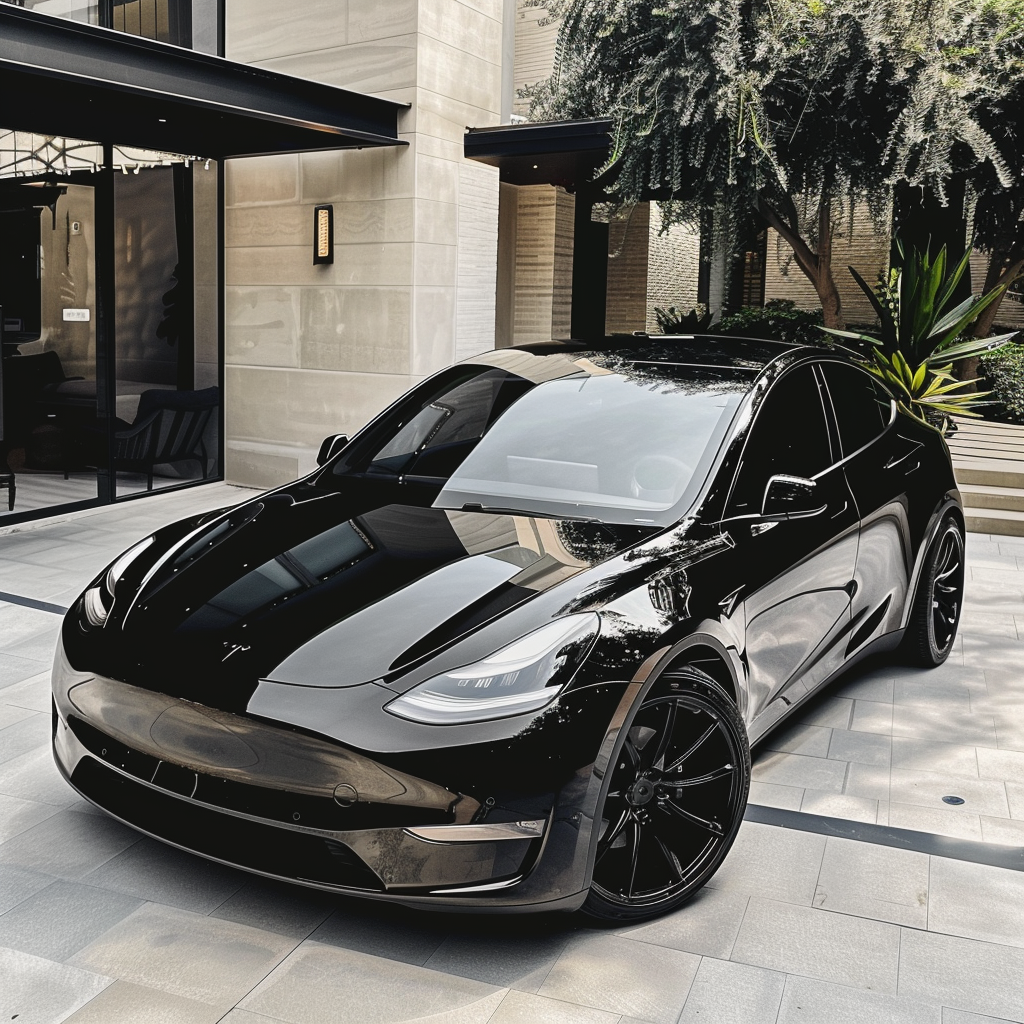
Another safety issue raised by Chief Crook is the absence of a traditional engine block in the Tesla Model 3, which could typically be used for cover during a firefight. This concern reflects traditional expectations of vehicle use in policing but may be less relevant given the infrequent nature of such scenarios in day-to-day police work. A Kevlar reinforced front storage compartment certainly could be added.
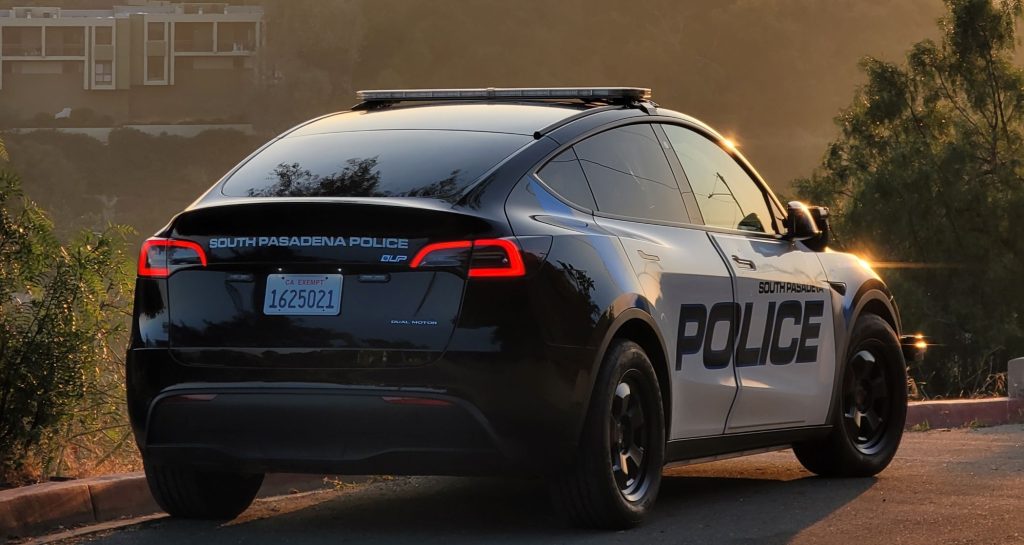
The South Pasadena Police Department reports a successful integration of the Tesla Model Y into their fleet. The Model Y offers more passenger and cargo space than the Model 3, addressing some of Ukiah’s space-related concerns. This model’s higher roofline and interior design make it more suitable for the diverse requirements of police work, such as transporting multiple passengers or equipment. The model Y has more interior room than a Dodge charger.
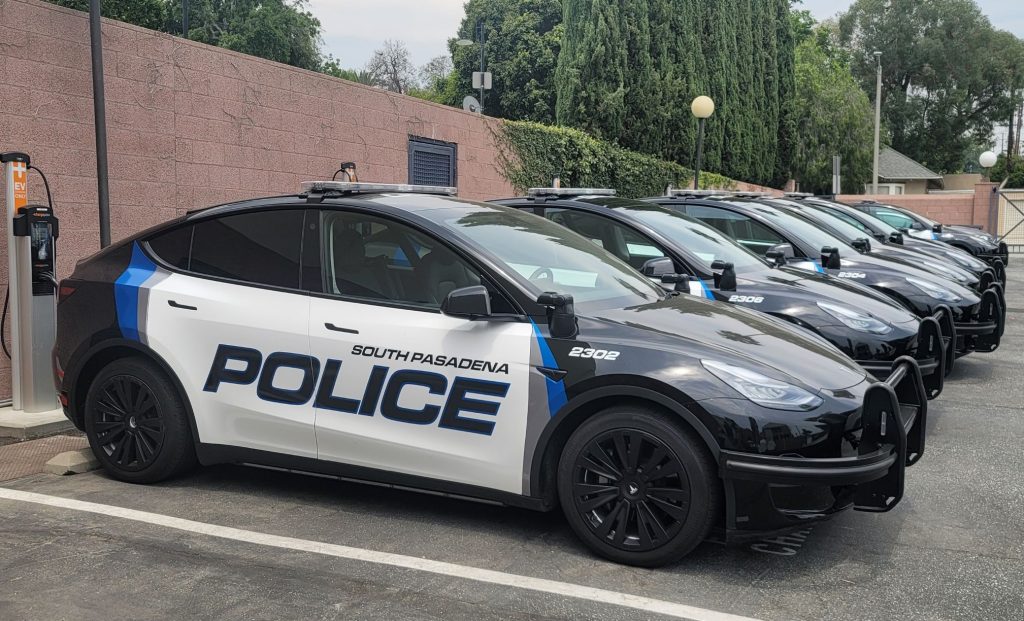
South Pasadena has highlighted the Model Y’s performance, reduced maintenance costs, and energy efficiency as major benefits. Their experience suggests that with the right model and proper planning, EVs can meet the complex demands of law enforcement effectively.
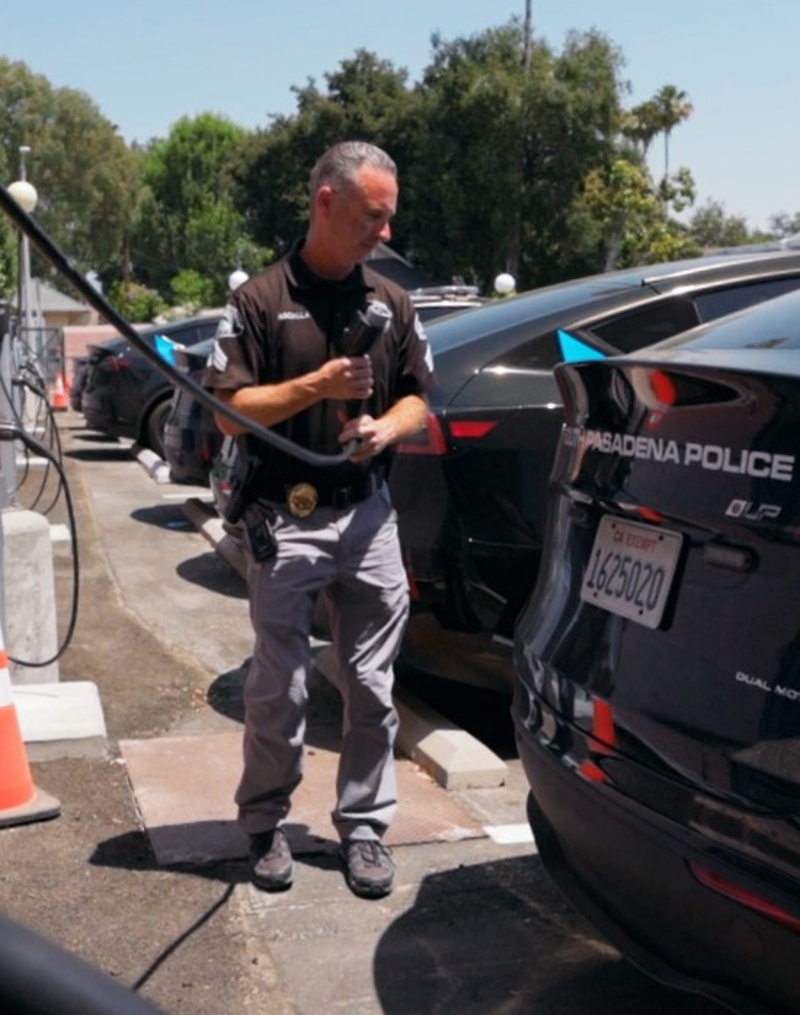
The contrasting experiences of Ukiah and South Pasadena illustrate the importance of choosing the right vehicle model for police work. The suitability of EVs, such as the Tesla Model Y over the Model 3, depends on specific operational needs and the physical requirements of law enforcement tasks.
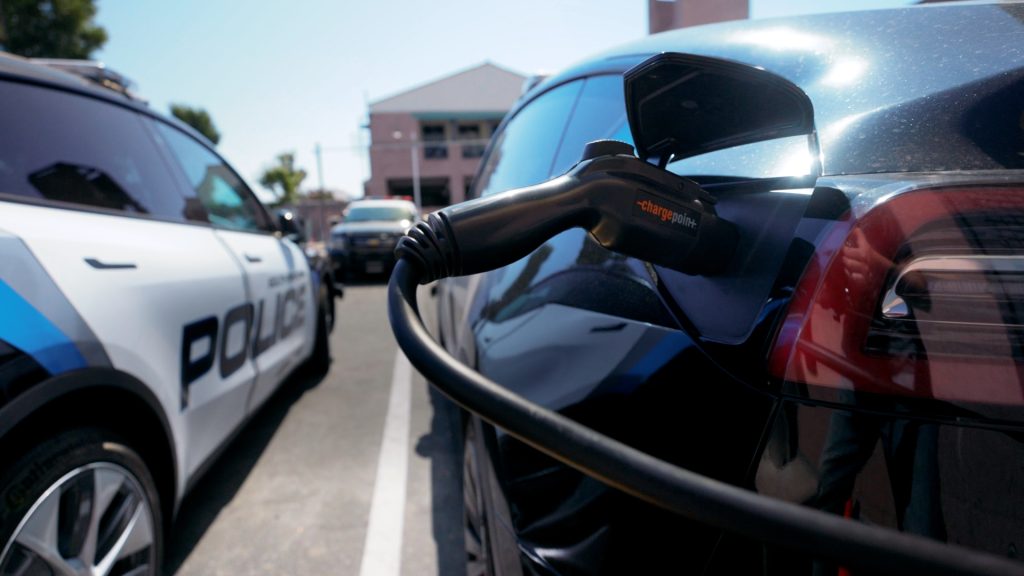
These case studies emphasize the need for police departments to critically evaluate EVs based on practical use cases and operational scenarios rather than hypothetical extremes. As more departments adopt and adapt to EV technology, their shared experiences will contribute valuable insights into the integration of electric vehicles into law enforcement fleets across California. This knowledge will be crucial for making informed decisions that enhance operational effectiveness and align with environmental goals.

